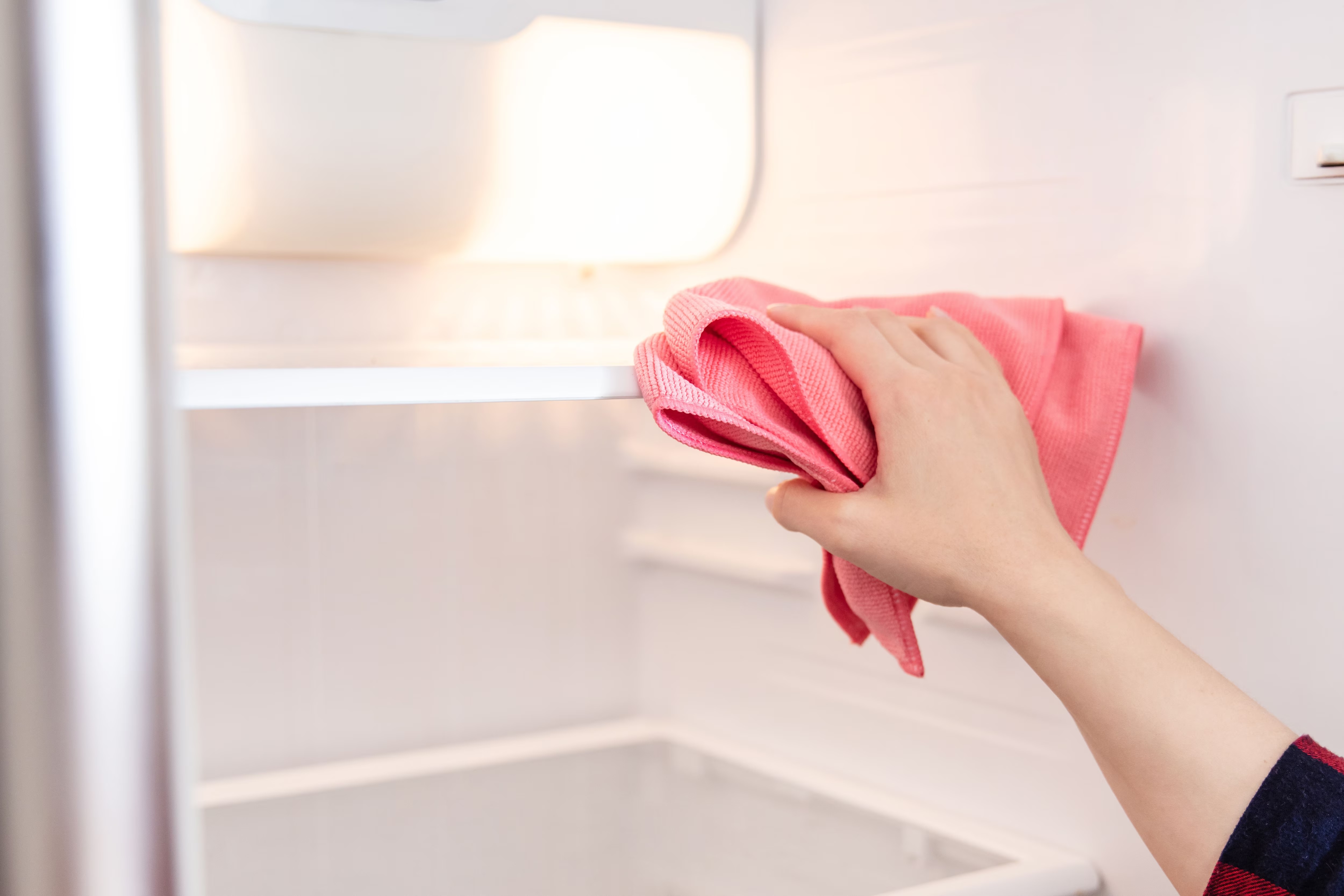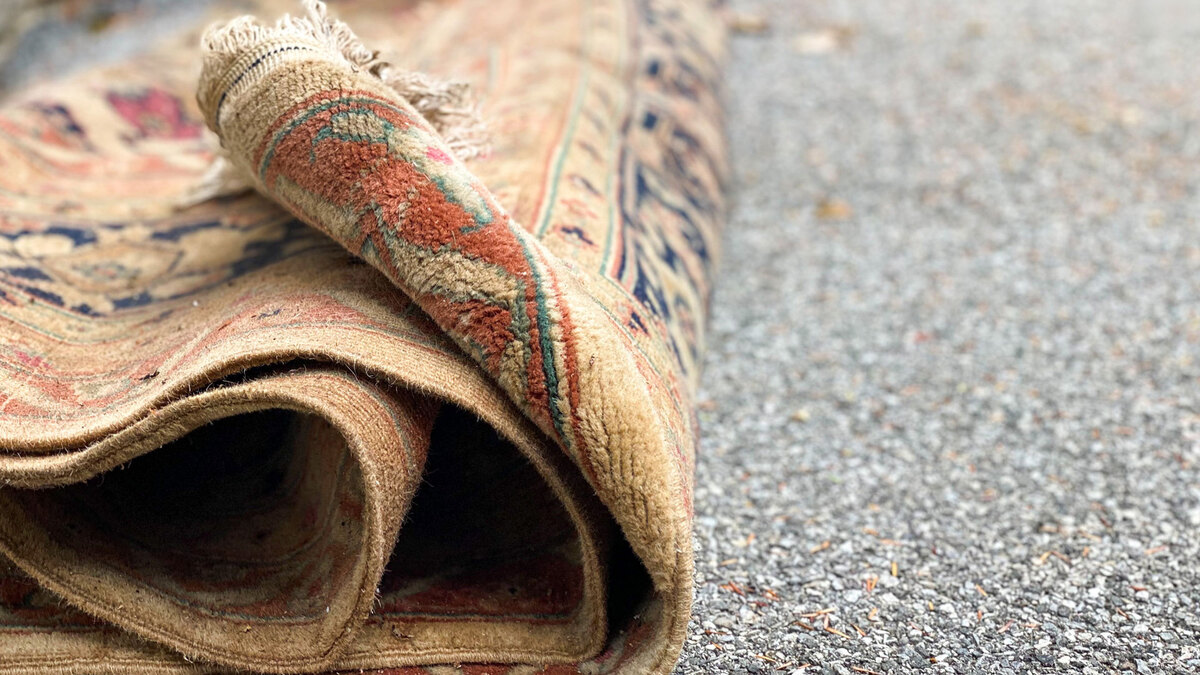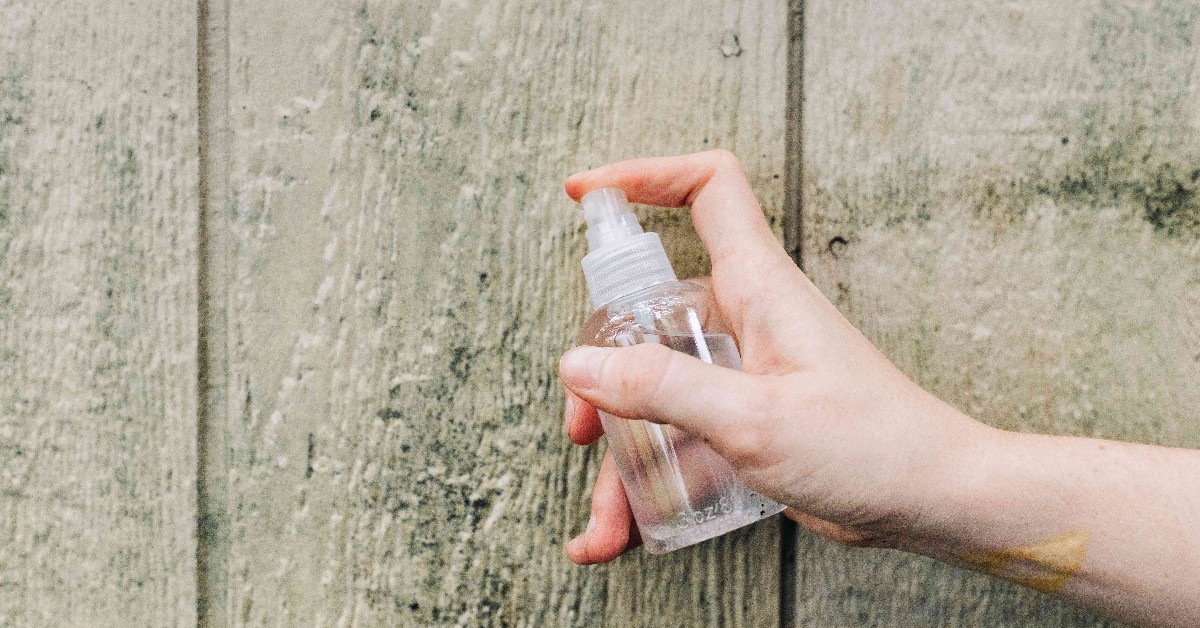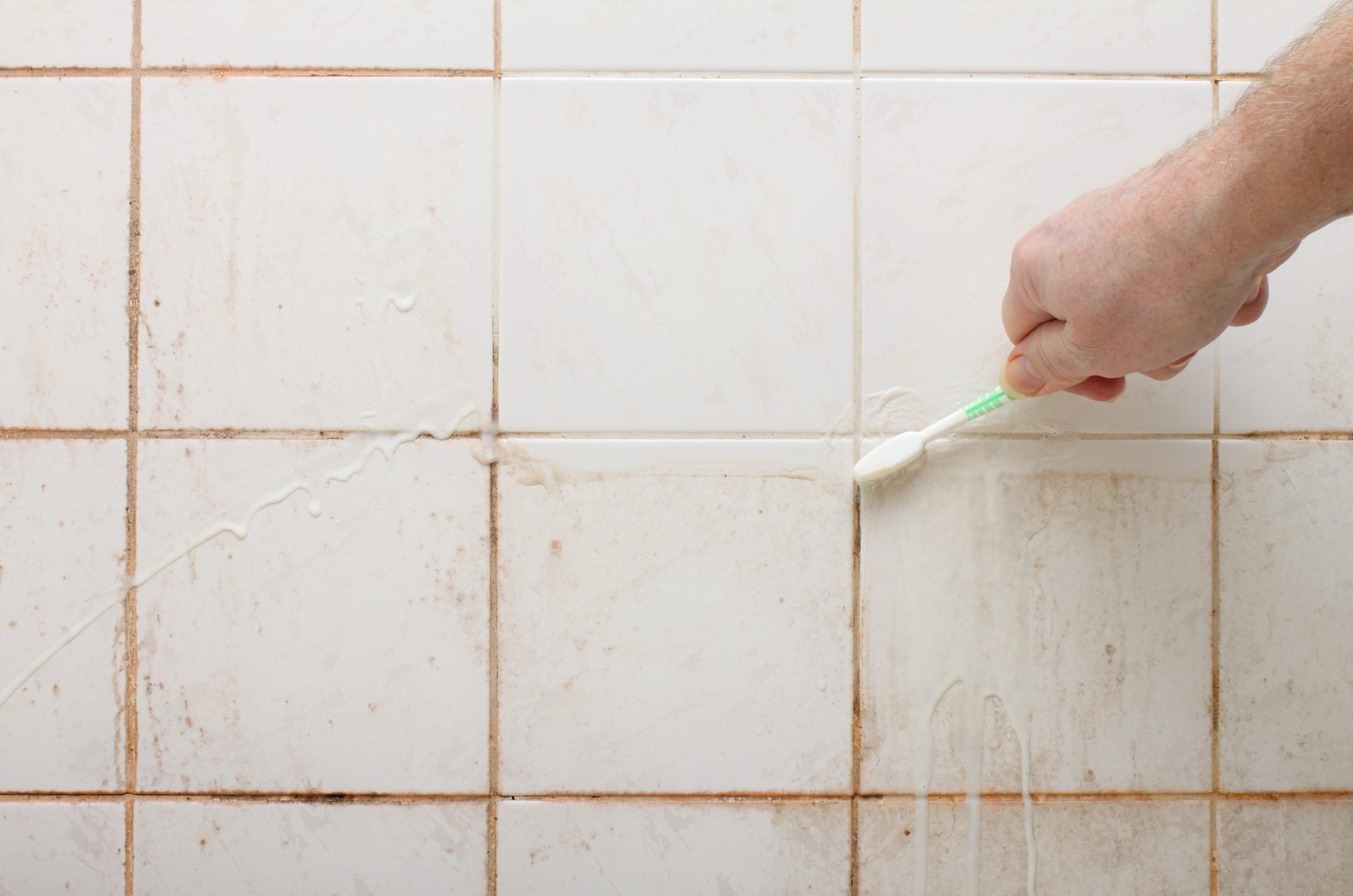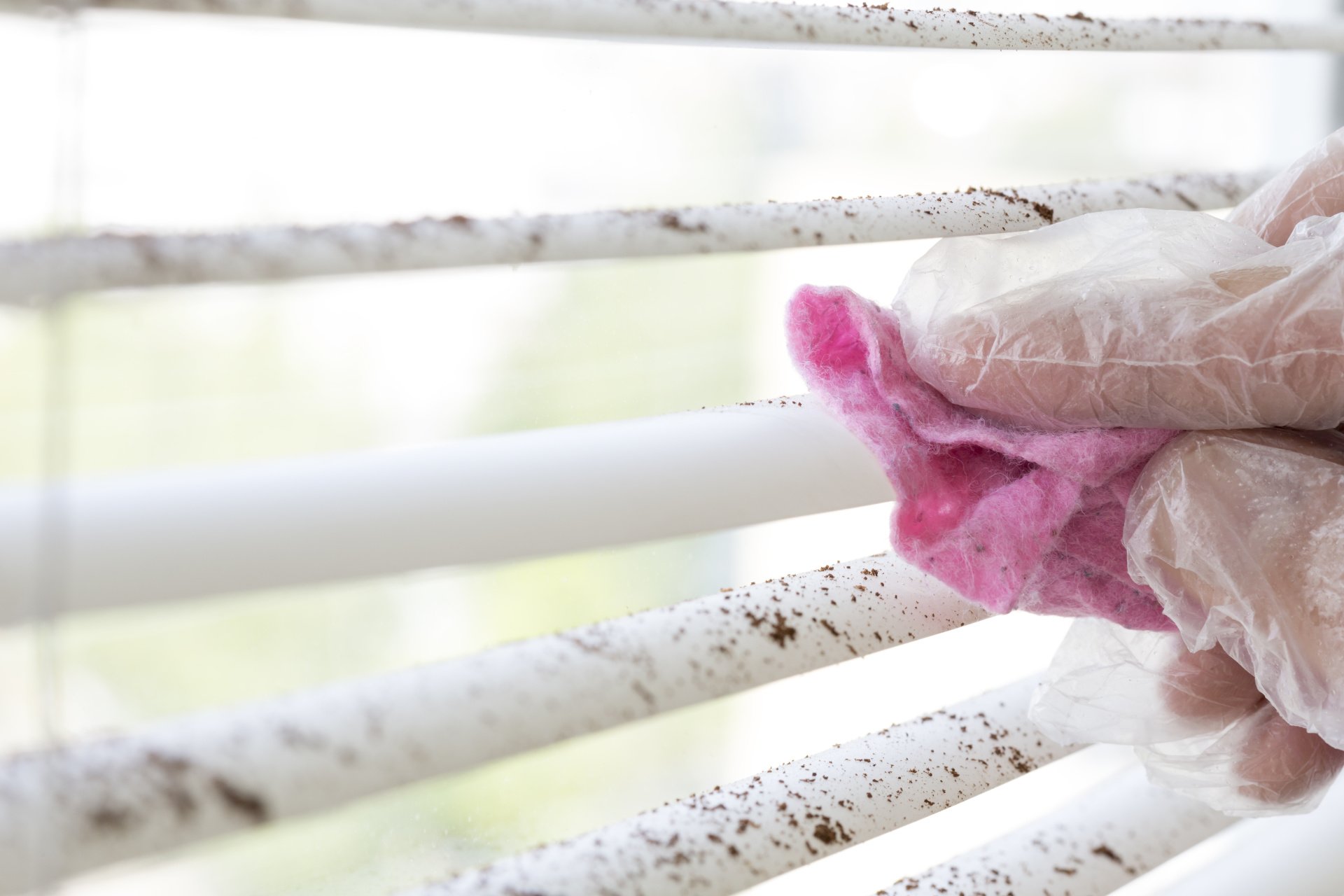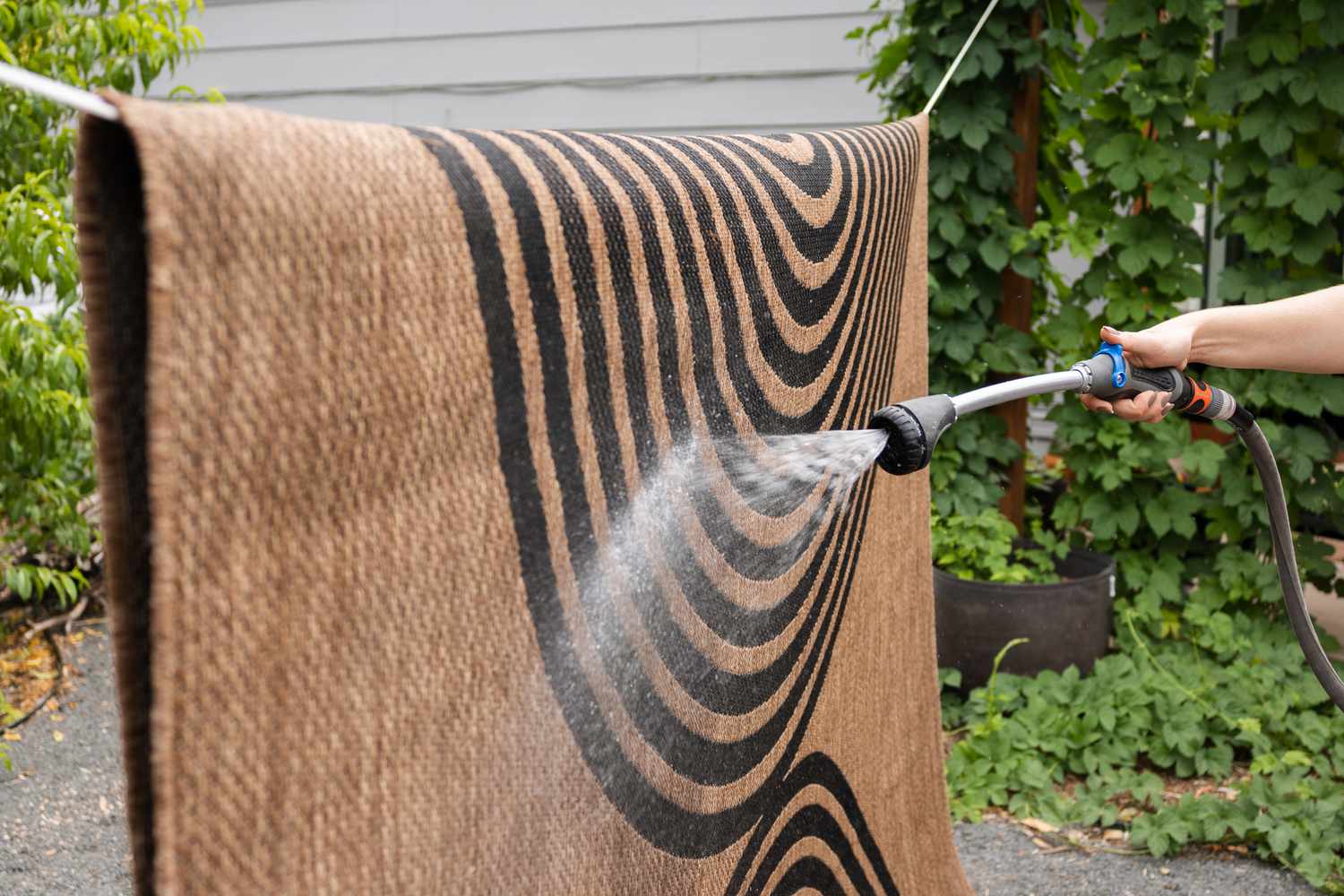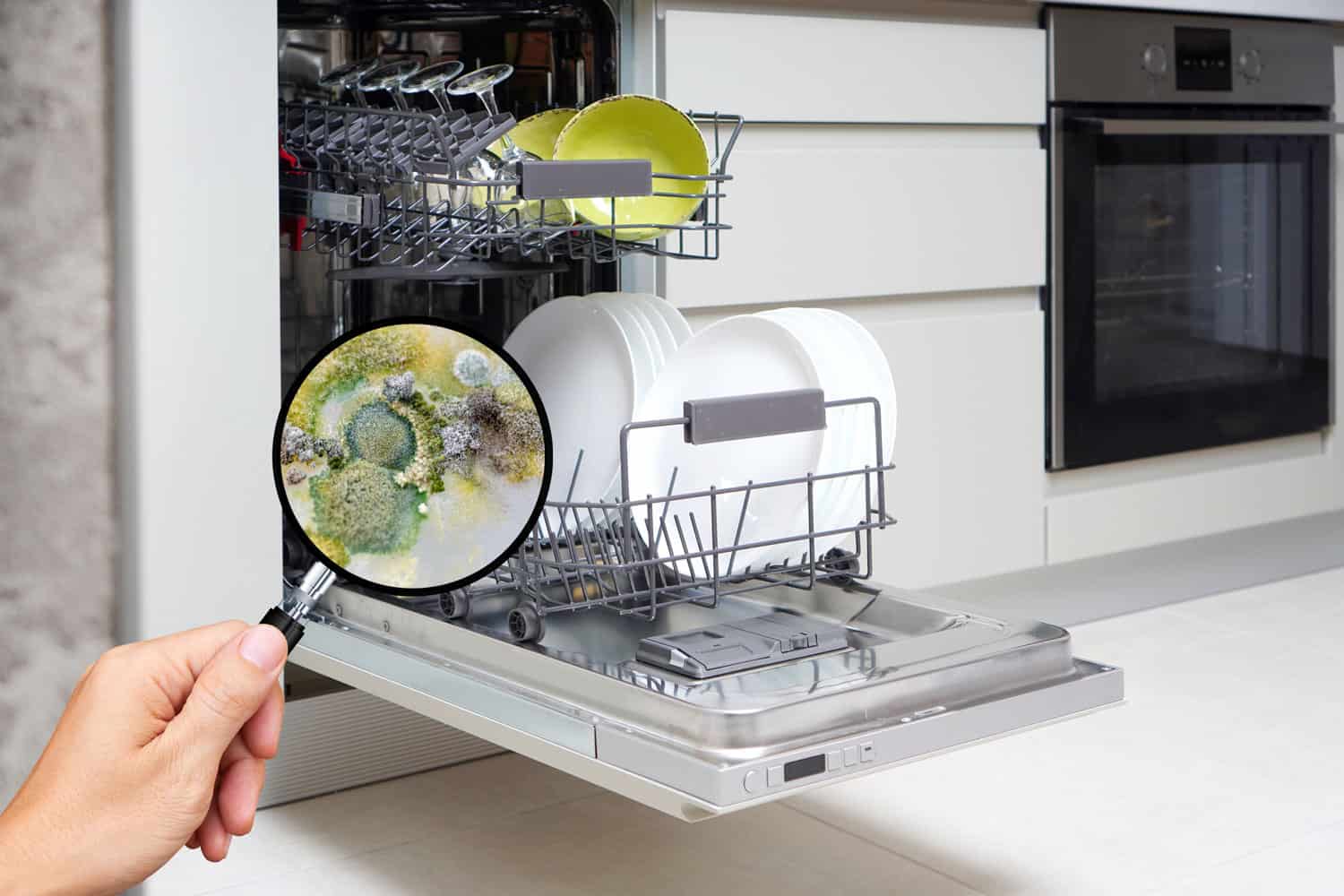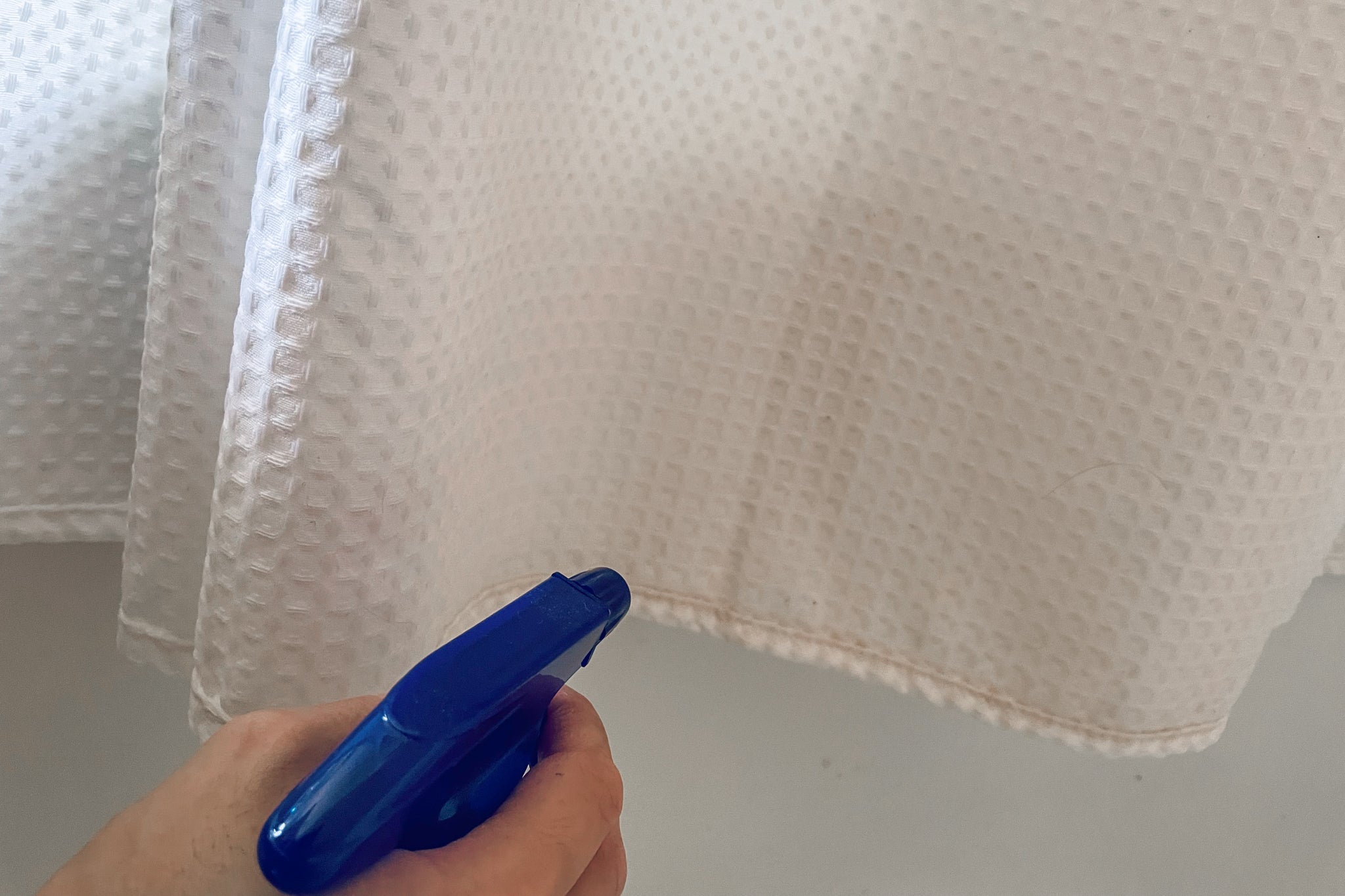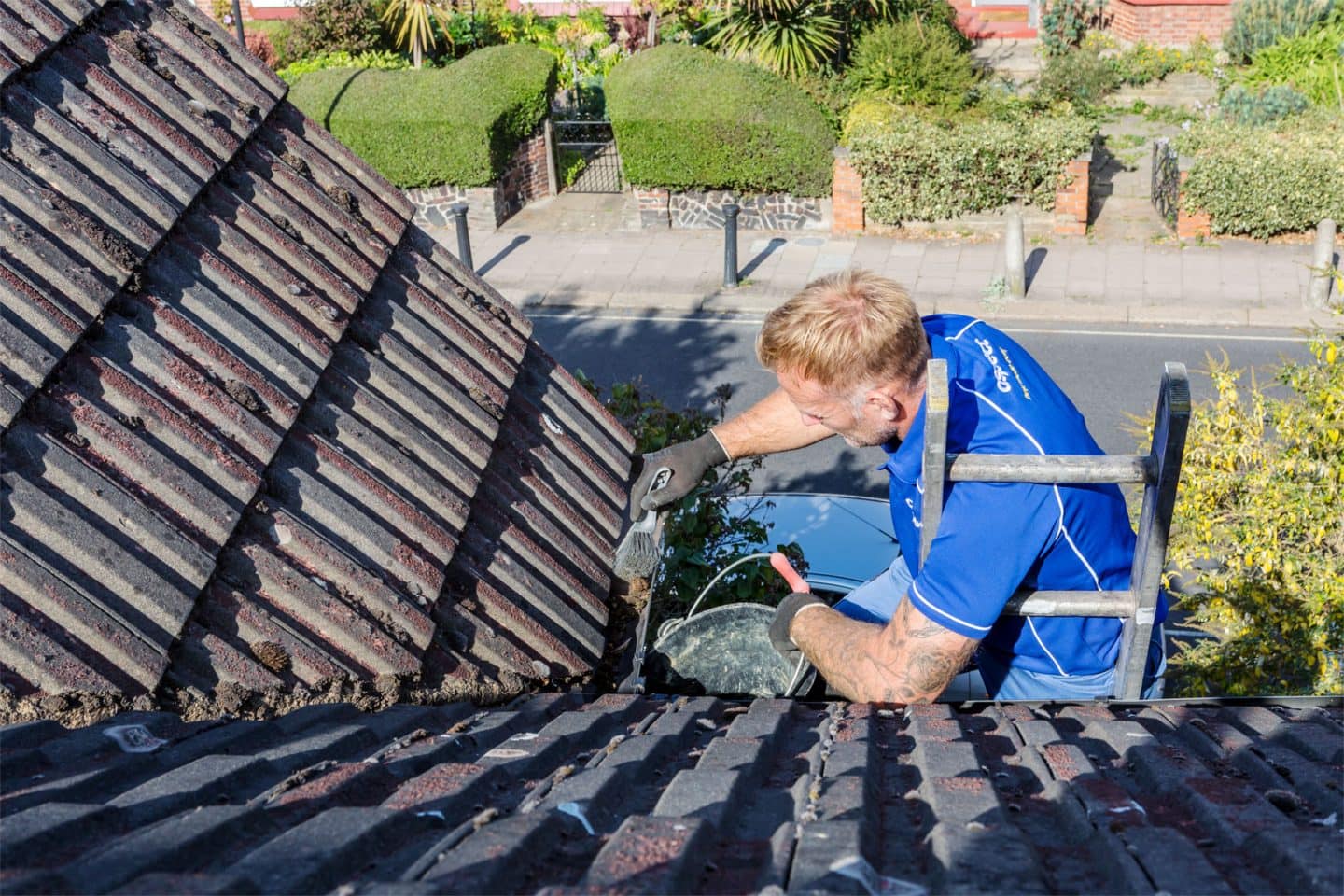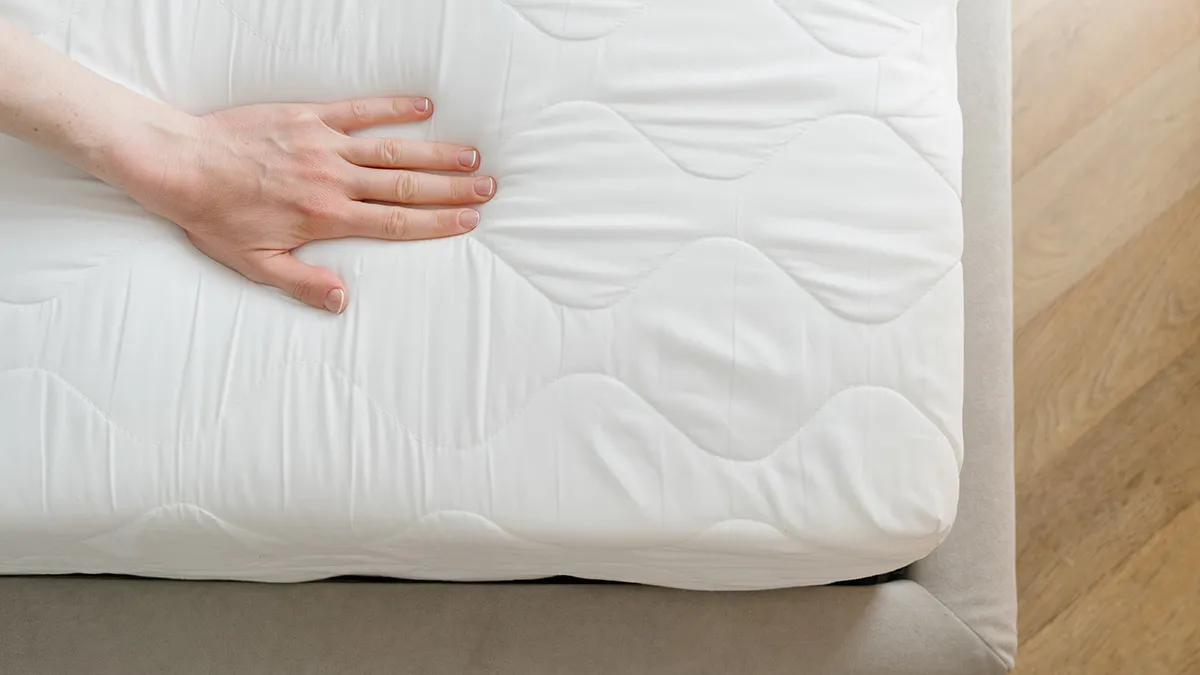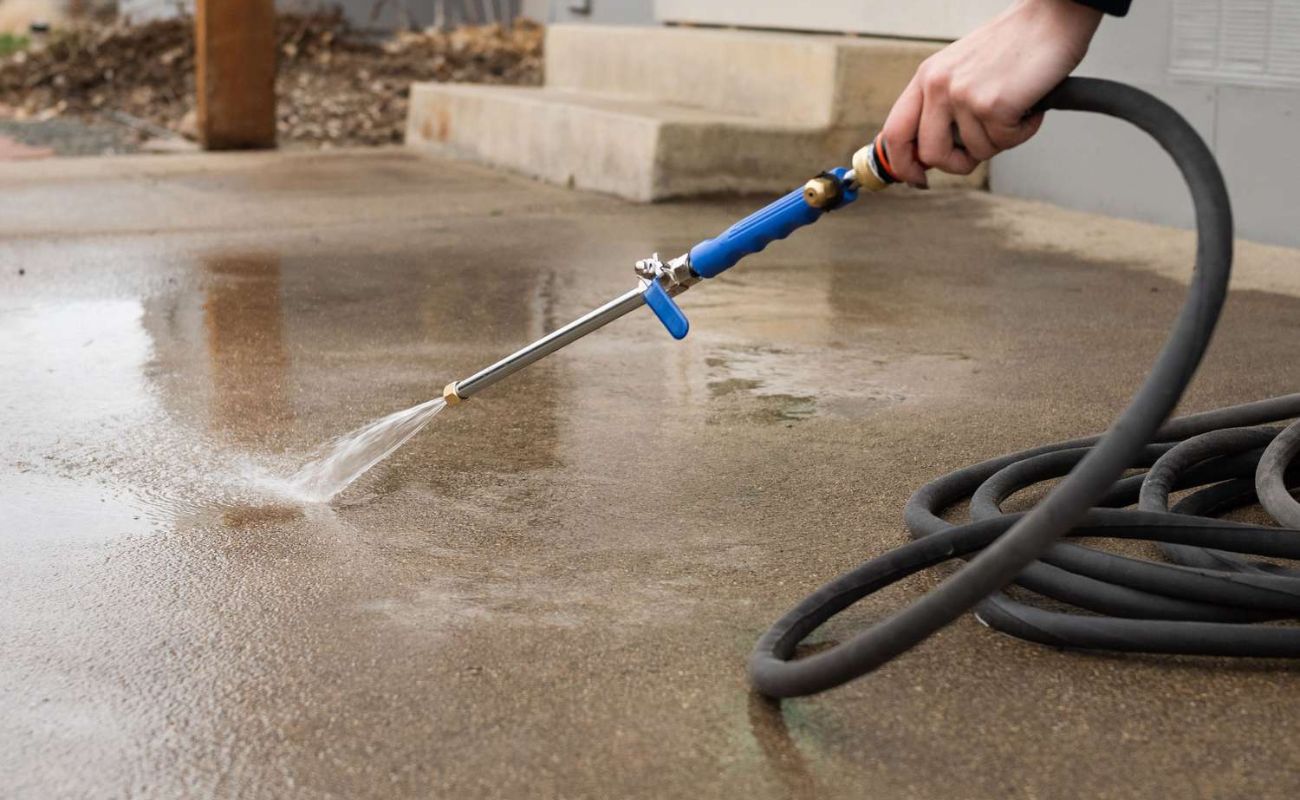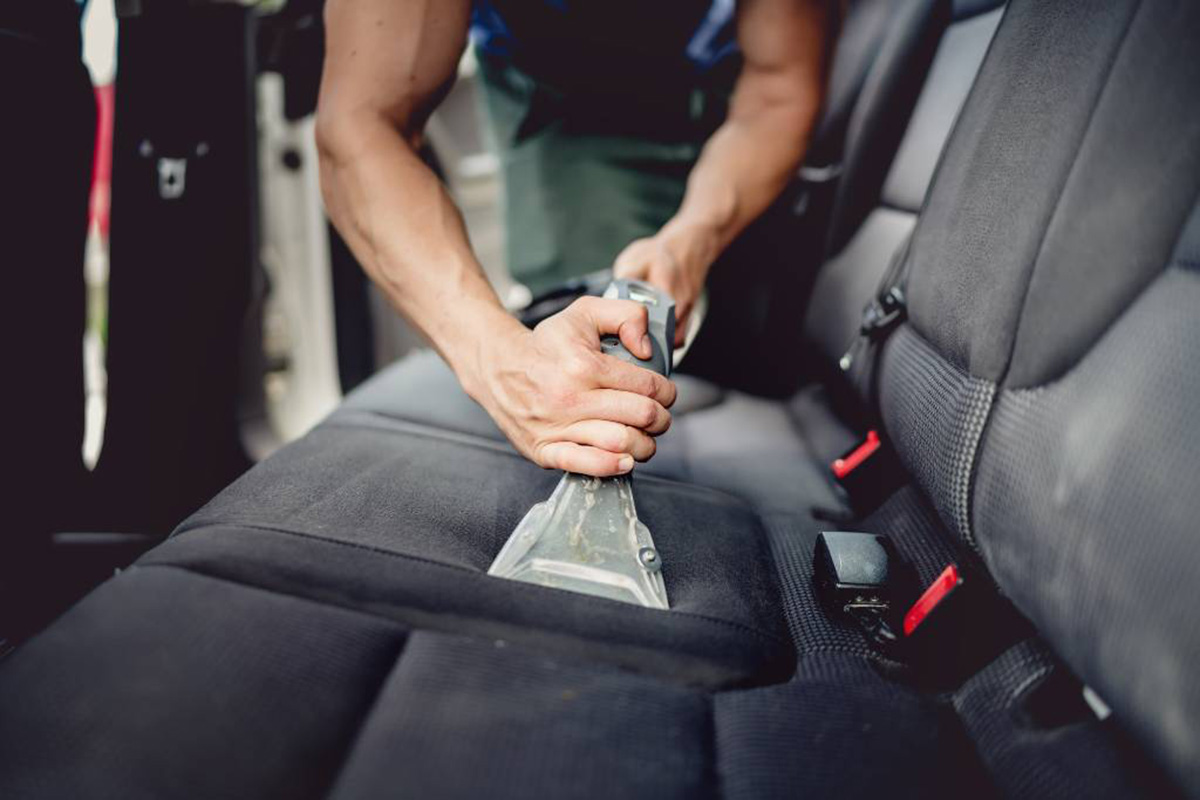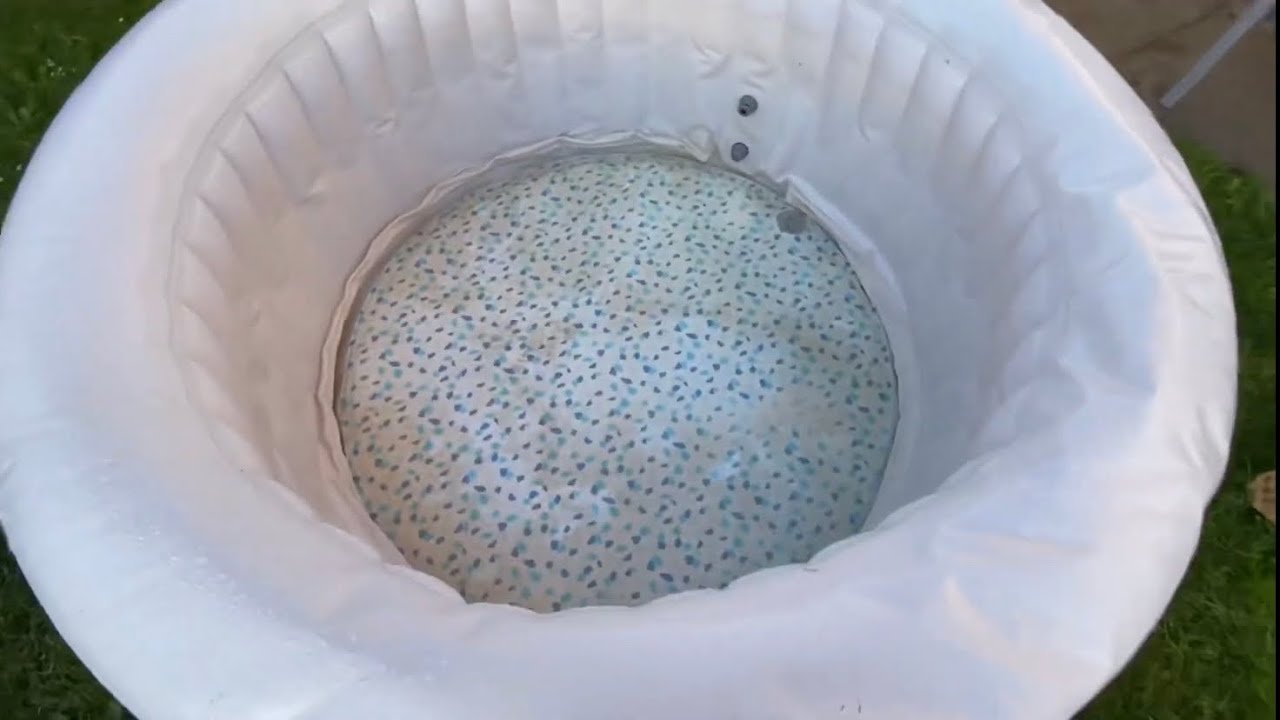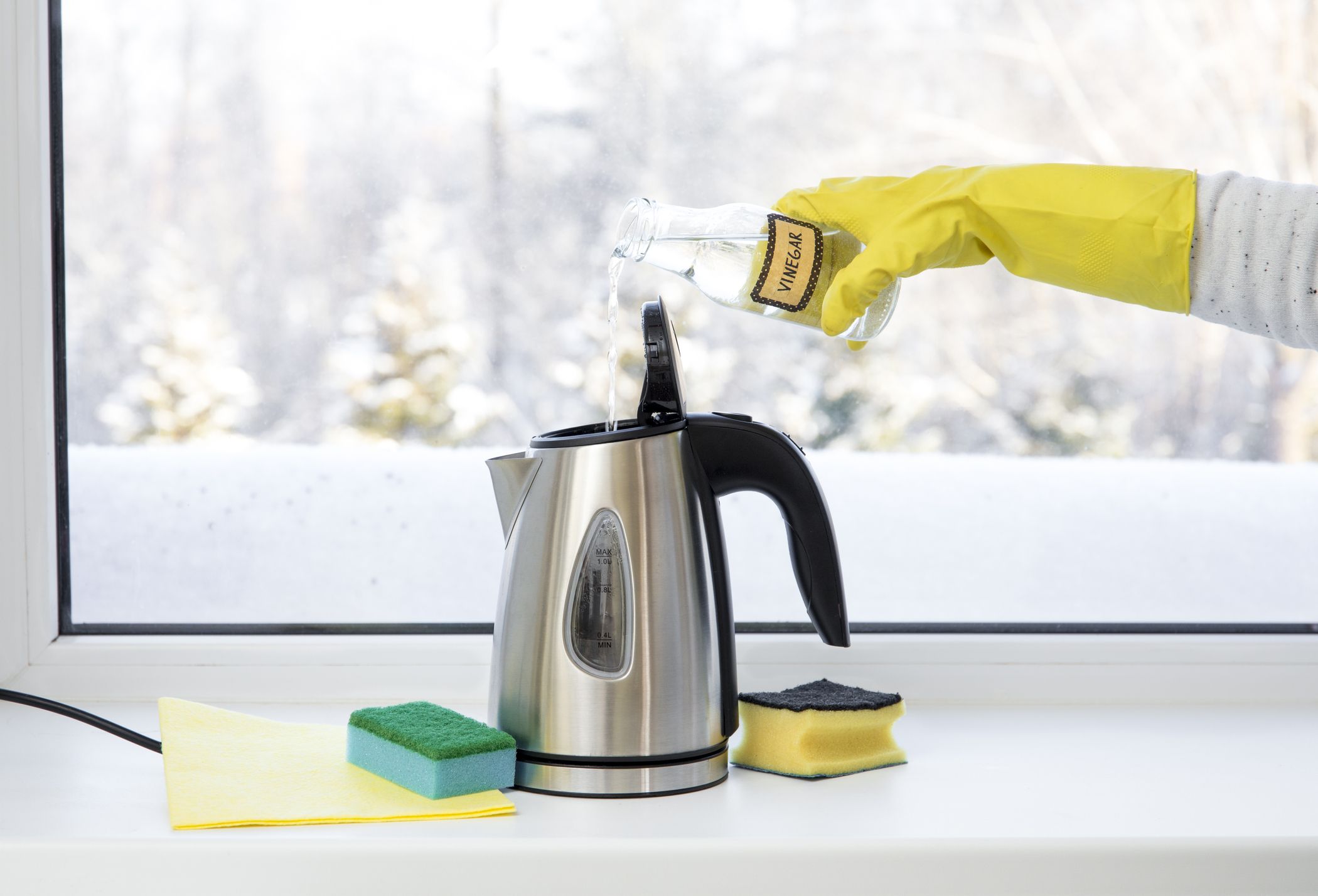Home>Furniture>Bedroom Furniture>How To Clean Mold On A Mattress
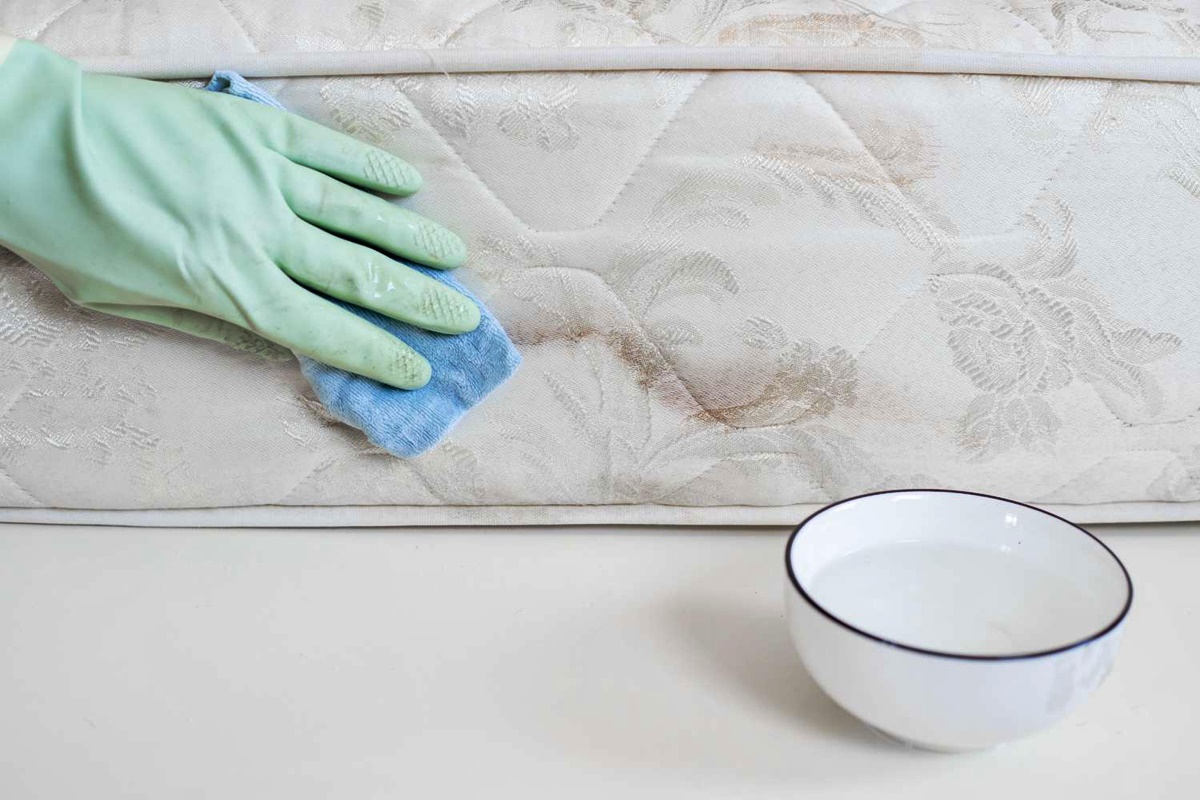

Bedroom Furniture
How To Clean Mold On A Mattress
Modified: October 20, 2024
Keep your bedroom furniture clean and healthy with our simple guide on how to clean mold on a mattress. Safely remove mold for a fresh and sanitized sleep environment.
(Many of the links in this article redirect to a specific reviewed product. Your purchase of these products through affiliate links helps to generate commission for Storables.com, at no extra cost. Learn more)
Introduction
Welcome to our comprehensive guide on how to clean mold on a mattress. Mold growth on a mattress can not only be unsightly but also pose risks to your health. Mold spores can cause allergies, respiratory problems, and other health issues. Therefore, it is crucial to promptly and effectively clean mold from your mattress to ensure a safe and healthy sleeping environment.
In this article, we will walk you through the process of identifying mold on a mattress and provide step-by-step instructions on how to properly clean it. Additionally, we will explore alternative methods for mold removal and share tips on preventing mold growth on your mattress.
Before we dive into the cleaning process, let’s take a moment to understand the dangers of mold on mattresses and the precautions you should take to ensure your safety.
Key Takeaways:
- Prioritize safety by wearing protective gear, isolating the affected area, and following proper disposal procedures when cleaning mold on a mattress. Prevent mold growth with regular cleaning and good ventilation.
- Alternative methods like steam cleaning, hydrogen peroxide, and tea tree oil offer effective options for removing mold from a mattress. Implement preventive measures to control humidity and maintain a clean sleeping environment.
Read more: How To Clean Ceilings And Moldings
Understanding the Dangers of Mold on Mattresses
Mold is a type of fungi that thrives in damp and humid environments. When it finds its way onto your mattress, it can quickly multiply and spread, resulting in a variety of health risks. It is important to understand these dangers to appreciate the importance of addressing mold growth on your mattress promptly.
First and foremost, exposure to mold can trigger allergies in some individuals. Common symptoms include sneezing, coughing, wheezing, itchy eyes, and skin irritation. People with respiratory conditions, such as asthma or chronic obstructive pulmonary disease (COPD), may experience heightened symptoms when exposed to mold.
In addition to allergies, mold can also irritate the respiratory system, leading to coughing, throat irritation, and chest tightness. Prolonged exposure to mold spores can even result in more severe respiratory problems, such as bronchitis or pneumonia.
Furthermore, mold produces mycotoxins, which are toxic substances that can have detrimental effects on your health. These mycotoxins can enter your body through inhalation, ingestion, or direct contact with the skin. Long-term exposure to mycotoxins may lead to chronic conditions and compromise your immune system.
Last but not least, mold growth on a mattress can have a negative impact on its structural integrity. The presence of mold can break down the materials and cause discoloration, stains, and unpleasant odors. Mold can even weaken the mattress’s support and comfort, ultimately affecting your quality of sleep.
Now that we understand the potential dangers associated with mold on mattresses, it’s essential to take precautions and follow safety measures when dealing with mold removal. Let’s dive into these precautions in the next section.
Precautions and Safety Measures
When it comes to cleaning mold on a mattress, it is crucial to prioritize your safety. Mold spores can easily become airborne during the cleaning process, increasing the risk of inhalation and further spread. Here are some precautions and safety measures to keep in mind:
- Wear protective gear: Before you begin cleaning, make sure to protect yourself by wearing a mask, gloves, and goggles. This will help minimize your exposure to mold spores and prevent any potential allergic reactions.
- Isolate the affected area: To prevent the mold from spreading to other areas of your home, isolate the mattress in a well-ventilated space. Close nearby doors and windows to contain the spores as much as possible.
- Ventilate the area: Open windows and use fans to increase air circulation during the cleaning process. This will help dissipate any mold spores and reduce the risk of inhalation.
- Use a HEPA vacuum: Before cleaning the mold, use a vacuum cleaner equipped with a HEPA filter to remove any loose spores from the mattress’s surface. This will help minimize their release into the air.
- Avoid dry brushing: While it may be tempting to brush off the mold spores with a dry cloth or brush, this can actually cause the spores to become airborne. Opt for wet cleaning methods instead.
- Properly dispose of contaminated materials: Once you have finished cleaning, dispose of any contaminated materials, such as cleaning cloths or vacuum bags, in sealed plastic bags. This will prevent any remaining spores from spreading.
- Monitor your health: If you experience any allergic reactions or respiratory symptoms during or after the cleaning process, seek medical attention. It’s important to prioritize your well-being.
By following these precautions and safety measures, you can minimize the risks associated with cleaning mold on a mattress. Now that we are aware of the necessary precautions, let’s move on to identifying mold growth on a mattress in the next section.
Identifying Mold on a Mattress
Before you can effectively clean mold on a mattress, it is crucial to correctly identify its presence. Mold can manifest itself in different ways, and being able to identify its signs will help you take appropriate action. Here are some common indicators of mold growth on a mattress:
- Visible discoloration: One of the most obvious signs of mold is visible discoloration on the mattress surface. Look for patches that are grey, black, green, or brown in color. Mold can appear in different shapes and sizes, ranging from small spots to larger, spreading areas.
- Musty odor: Another indication of mold growth is a musty or earthy smell emanating from the mattress. If your mattress has an unusual odor that lingers even after cleaning, it could be a sign of mold presence.
- Allergy symptoms: If you or someone in your household experiences an increase in allergy symptoms, such as sneezing, congestion, or itchy eyes, particularly when in close proximity to the mattress, it could be a sign of mold-related allergies.
- Dampness or moisture: Mold thrives in damp and humid environments. If your mattress has been exposed to moisture, either due to a spill or lack of adequate ventilation, it becomes more susceptible to mold growth. Check for signs of dampness or moisture on the mattress surface.
If you notice any of these signs, it is essential to take immediate action to prevent the mold from spreading and further damaging your mattress. Once you have confirmed the presence of mold, it’s time to gather the necessary materials for cleaning.
Gathering the Required Materials
Before you begin the process of cleaning mold on a mattress, it’s important to gather the necessary materials. Having the right tools and cleaning agents will ensure that you can effectively remove mold and prevent its recurrence. Here are the materials you’ll need:
- Protective gear: As mentioned earlier, it’s crucial to prioritize your safety. Equip yourself with a mask, gloves, and goggles to protect yourself from mold spores.
- Vacuum cleaner with a HEPA filter: A vacuum cleaner with a High-Efficiency Particulate Air (HEPA) filter will help remove loose mold spores from the surface of the mattress.
- Mild detergent: Choose a mild detergent that is suitable for fabric and safe to use on mattresses. Avoid using harsh or abrasive cleaners, as they can damage the mattress materials.
- Water: You will need water for diluting the detergent and for rinsing the mattress during the cleaning process.
- Soft-bristled brush or sponge: A soft-bristled brush or sponge will help you gently scrub the mattress surface without causing any damage.
- Spray bottle: Use a spray bottle to mix the detergent with water and apply the cleaning solution to the affected areas of the mattress.
- White vinegar: White vinegar is a natural disinfectant and can help kill mold spores. It can be used as an alternative to detergent or as an additional cleaning agent.
- Baking soda: Baking soda is known for its odor-absorbing properties. It can be used to neutralize any unpleasant smells lingering on the mattress surface.
- Mattress cover or protector: Consider investing in a quality mattress cover or protector to prevent future mold growth. Choose a waterproof and breathable option to ensure optimal protection.
By gathering these materials before you begin the cleaning process, you’ll ensure that you have everything you need to effectively clean mold on your mattress. Now that we have all the necessary supplies, let’s move on to the step-by-step guide for cleaning mold on a mattress.
To clean mold on a mattress, mix equal parts of water and white vinegar in a spray bottle. Spray the affected area, let it sit for an hour, then blot with a clean cloth. Repeat as needed, then allow the mattress to air dry.
Read more: How To Tell If A Mattress Has Mold
Step-by-Step Guide to Cleaning Mold on a Mattress
Now that you have gathered the necessary materials, it’s time to dive into the step-by-step process of cleaning mold on a mattress. Follow these instructions to effectively remove mold and restore your mattress to a clean and healthy state:
- Step 1: Safety precautions
Put on your protective gear, including a mask, gloves, and goggles, to minimize your exposure to mold spores.
- Step 2: Vacuum the mattress
Use a vacuum cleaner with a HEPA filter to thoroughly vacuum the surface of the mattress. Pay extra attention to the areas affected by mold to remove any loose spores.
- Step 3: Mix the cleaning solution
In a spray bottle, mix a small amount of mild detergent with water. Alternatively, you can use a mix of water and white vinegar for added disinfection.
- Step 4: Spray the cleaning solution
Lightly spray the cleaning solution onto the affected areas of the mattress. Be careful not to oversaturate the mattress, as excessive moisture can promote further mold growth.
- Step 5: Gently scrub the mold
Using a soft-bristled brush or sponge, gently scrub the mold-infested spots in a circular motion. Focus on removing the visible mold and any stains.
- Step 6: Rinse with clean water
Dampen a clean cloth with water and gently blot the treated areas to rinse off the cleaning solution. Avoid saturating the mattress and use minimal water.
- Step 7: Dry the mattress
After rinsing, it’s important to thoroughly dry the mattress to prevent mold growth. Place the mattress in a well-ventilated area or use fans to speed up the drying process. Avoid exposing the mattress to direct sunlight or high heat, as this can damage the materials.
- Step 8: Neutralize odors (optional)
If there are any lingering odors on the mattress, sprinkle baking soda over the surface and let it sit for a few hours. Then, vacuum the baking soda to absorb and neutralize any unpleasant smells.
- Step 9: Protect the mattress
Consider using a waterproof and breathable mattress cover or protector to provide an extra layer of defense against future mold growth. This will help maintain a clean and healthy sleeping environment.
Following these steps will help you effectively clean mold on a mattress and mitigate the risks associated with mold growth. If the mold infestation is severe or persists despite your efforts, it may be necessary to consult a professional cleaning service or consider replacing the mattress altogether.
Now that you know how to clean mold on a mattress, let’s explore alternative methods for mold removal in the next section.
Alternative Methods for Mold Removal
While the step-by-step guide provided earlier is an effective way to clean mold on a mattress, there are alternative methods you can consider based on personal preferences or available resources. Here are a few alternative methods for mold removal:
- Steam cleaning: Steam cleaning is a popular method for eliminating mold and sanitizing surfaces. Using a steam cleaner, apply high-temperature steam to the mold-infested areas of the mattress. The heat will help kill mold spores, and the moisture will aid in loosening and removing the mold from the surface. Ensure the mattress is thoroughly dried afterward to prevent moisture buildup.
- Hydrogen peroxide: Hydrogen peroxide is a natural and effective mold removal agent. Mix equal parts hydrogen peroxide and water in a spray bottle and apply it to the mold-infested areas. Allow it to sit for about 10 minutes before gently scrubbing the mold away. Rinse with clean water and make sure the mattress is fully dried.
- Tea tree oil: Tea tree oil is known for its antifungal properties. Add a few drops of tea tree oil to a spray bottle filled with water and spray it onto the moldy areas of the mattress. Leave it to sit for a few hours or overnight to allow the oil to penetrate and kill the mold. Remember to dry the mattress thoroughly after treating it with tea tree oil.
- Professional mold cleaning services: If you’re dealing with a stubborn mold infestation or prefer to leave it to the experts, consider hiring a professional mold cleaning service. These professionals have the knowledge, equipment, and cleaning agents to effectively remove mold from your mattress while ensuring your safety.
It’s important to note that regardless of the method you choose, always follow the necessary safety precautions and test the solution on a small, inconspicuous area of the mattress first to ensure it does not cause any damage or discoloration.
Now that we’ve explored alternative methods for mold removal, let’s move on to preventive measures to keep mold from reoccurring on your mattress.
Preventing Mold Growth on Mattresses
Prevention is key when it comes to avoiding mold growth on your mattress. By taking proactive measures, you can minimize the chances of mold infestation and ensure a clean and healthy sleeping environment. Here are some preventive measures you can implement:
- Maintain good ventilation: Ensure proper air circulation in your bedroom by opening windows, using fans, or installing ventilation systems. Good airflow helps keep the mattress dry and inhibits mold growth.
- Control humidity levels: Mold thrives in humid environments, so it’s important to regulate the humidity levels in your bedroom. Use dehumidifiers or air conditioners, especially during humid seasons, to keep the moisture levels low.
- Avoid spills and moisture: Keep your mattress dry by taking precautions to prevent spills and moisture buildup. Use mattress protectors that are waterproof and breathable to protect against accidental spills, bodily fluids, or excessive sweat.
- Regularly clean and maintain the mattress: Implement a regular cleaning routine for your mattress. Vacuum it regularly to remove dust, dead skin cells, and other debris that can contribute to mold growth. Sunlight exposure can also help kill mold spores, so occasionally place your mattress in direct sunlight.
- Keep the bedroom clean: A clean bedroom promotes a healthier sleeping environment. Regularly dust surfaces and clean any visible mold or mildew in the room, including on walls, windowsills, and furniture.
- Avoid placing the mattress directly on the floor: Placing the mattress on the floor can restrict airflow and create a breeding ground for mold. Use a bed frame or platform to elevate the mattress and allow air to circulate freely underneath.
- Inspect for leaks and water damage: Regularly inspect your bedroom for any signs of leaks or water damage. Address any issues promptly to prevent the growth of mold or the spread of existing mold to your mattress.
By following these preventive measures, you can significantly reduce the risk of mold growth on your mattress and maintain a clean and healthy sleeping environment for years to come.
With the knowledge of how to clean mold on a mattress and the preventive measures to implement, you are well-equipped to ensure the longevity and cleanliness of your mattress. Remember to prioritize your safety and follow the necessary precautions when dealing with mold. If mold persists despite your efforts, it may be wise to consult a professional or consider replacing the mattress to safeguard your health.
We hope this guide has been helpful in assisting you with cleaning and preventing mold on your mattress. Sleep well and stay safe!
Conclusion
Ensuring a clean and healthy sleeping environment is vital for our overall well-being, and cleaning mold on a mattress is an essential part of that process. Mold not only affects the appearance and structural integrity of your mattress but can also pose significant health risks.
In this comprehensive guide, we have covered the importance of understanding the dangers of mold on mattresses, the precautions and safety measures to take while cleaning, how to identify mold growth on a mattress, and the step-by-step process for cleaning mold effectively. We have also explored alternative methods for mold removal and provided preventive measures to avoid mold growth in the future.
Remember, safety should always come first. Prioritize your well-being by wearing appropriate protective gear, isolating the affected area, and properly disposing of any contaminated materials.
By regularly cleaning your mattress, maintaining proper ventilation, controlling humidity levels, and practicing good hygiene, you can minimize the risk of mold growth and ensure a clean and healthy sleeping environment for yourself and your loved ones.
If you encounter a severe mold infestation that persists despite your best efforts, it is advisable to consult professionals or consider replacing the mattress to safeguard your health.
We hope this guide has provided you with valuable insights and practical steps to confidently tackle mold on your mattress. Sleep well, breathe easy, and enjoy the comfort of a clean and mold-free sleeping surface.
Frequently Asked Questions about How To Clean Mold On A Mattress
Was this page helpful?
At Storables.com, we guarantee accurate and reliable information. Our content, validated by Expert Board Contributors, is crafted following stringent Editorial Policies. We're committed to providing you with well-researched, expert-backed insights for all your informational needs.
